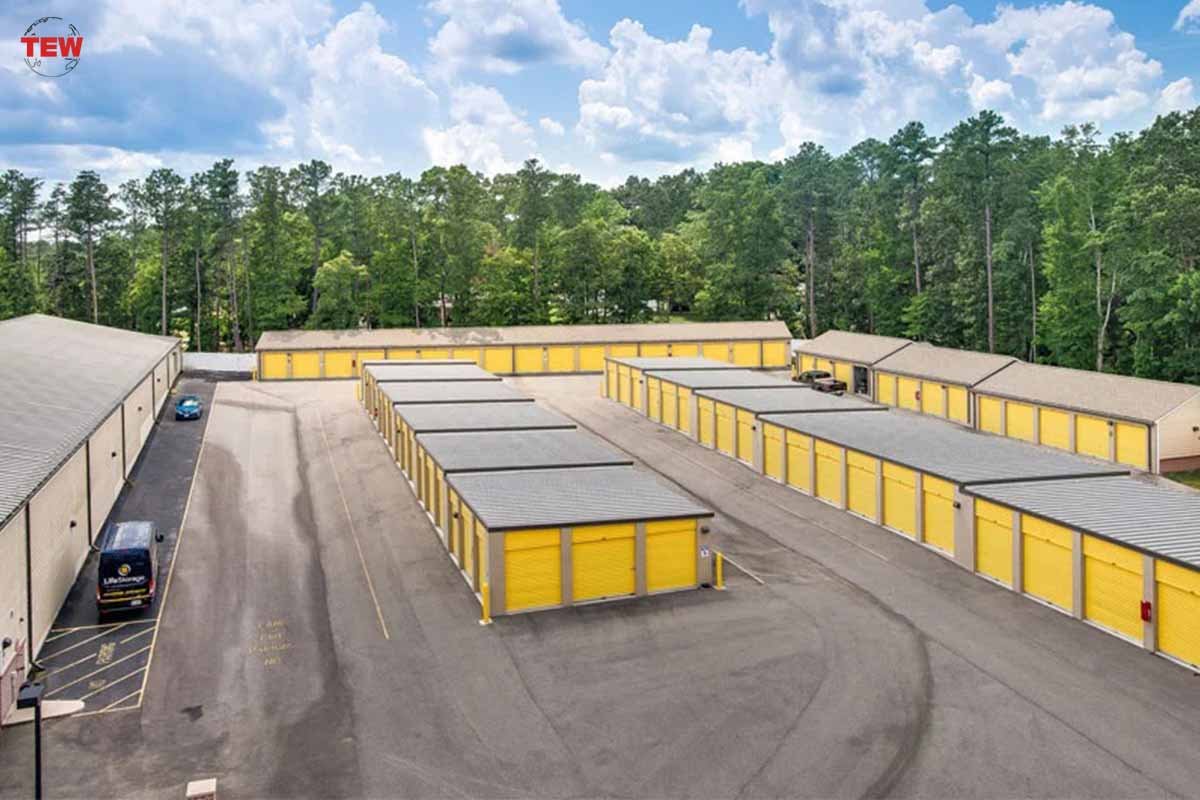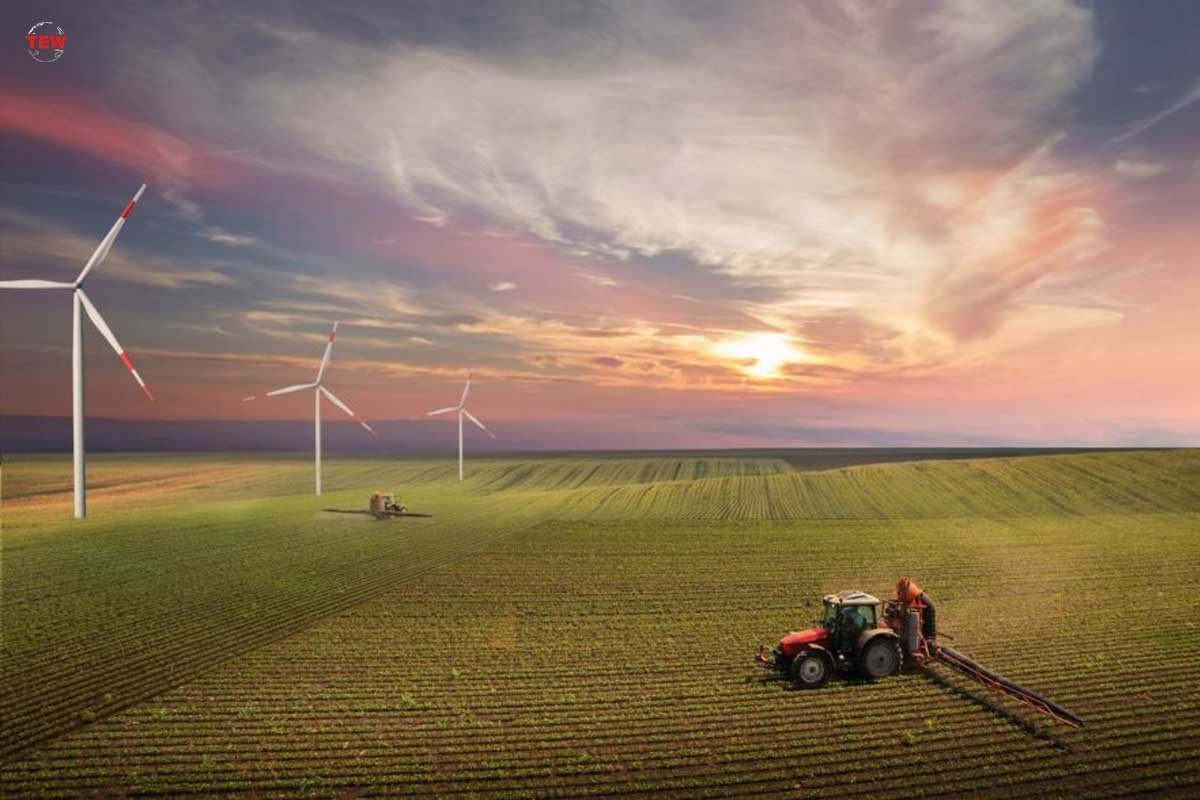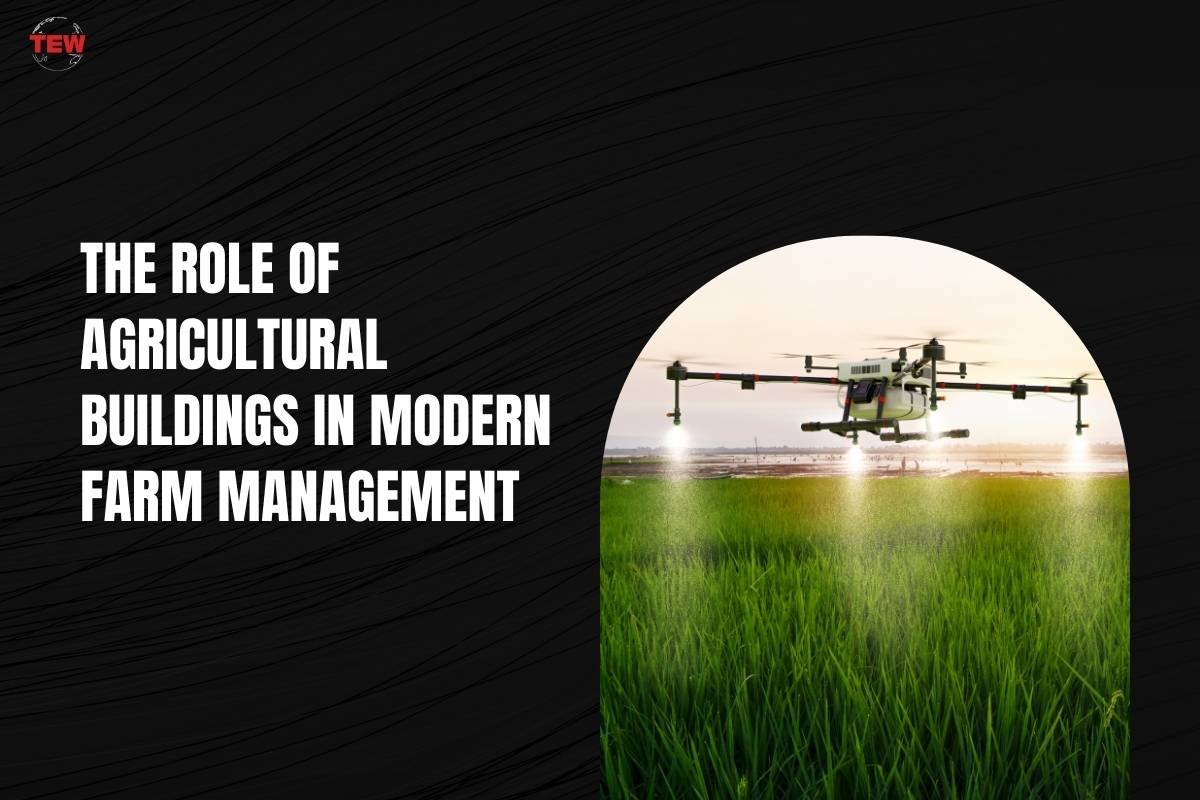Farmers today rely on a toolbox of agricultural buildings, just like any other professional. Barns keep equipment organized, greenhouses extend the growing season, silos store mountains of feed, and shelters keep animals happy and healthy. These structures are more than just roofs—they’re essential for running a successful and sustainable farm, proving that even age-old traditions can benefit from a little modern smarts.
One essential aspect of this infrastructure includes machinery sheds, which are necessary for housing the sophisticated equipment that modern farms rely upon. These sheds protect valuable machinery from the elements, ensuring that tractors, combines, and other vital tools remain in optimal condition when needed most.
Continue reading to learn how agricultural buildings transform farming into a more efficient, sustainable, and future-ready industry.
Optimizing Storage Solutions
Efficient storage solutions are crucial in agriculture, impacting everything from produce quality to overall farm profitability. When managed well, storage facilities can significantly streamline farm operations and ensure products reach the market in the best possible condition.

For a deeper understanding, consider the following points:
1. Enhanced product quality:
Proper storage minimizes the risks pests, diseases, and spoilage pose to harvested crops and fodder. By controlling the environment, including temperature and humidity, farmers can significantly reduce post-harvest losses and maintain the nutritional value of their produce.
2. Streamlined operations:
An organized storage system allows quicker retrieval and better management of tools, seeds, and equipment. This organization saves valuable time and reduces the physical strain on farm workers, contributing to a more efficient daily routine.
3. Economic efficiency:
Effective storage is more than just keeping things tidy; it’s a strategic move that reduces waste and improves the farm’s operational flow. By ensuring that resources are used optimally and that products are kept in prime selling condition, farms can see a direct impact on their bottom line.
Optimizing storage solutions presents a straightforward opportunity to boost efficiency and profitability on modern farms. Farmers can protect their produce, streamline their operations, and position their businesses for greater success by addressing storage needs with careful planning and strategic investment.
Facilitating Livestock Care
Ensuring the health and well-being of livestock is a cornerstone of successful farm management. The design and functionality of buildings dedicated to animal housing play a crucial role in promoting optimal livestock health, growth, and productivity. These structures not only offer shelter but are also engineered to address a variety of animal needs through controlled environments.
To highlight the importance, here are areas where agricultural buildings make a difference:
1. Climate control:

Buildings with proper insulation and ventilation systems protect animals from harsh weather conditions, whether scorching summers or freezing winters. This controlled environment supports consistent growth patterns and reduces stress-induced illnesses, directly translating to improved livestock health and increased production efficiency.
2. Disease management:
Designating specific areas within these buildings to isolate ill animals is vital in controlling the spread of disease. Quick identification and isolation procedures help maintain herd health and prevent potential outbreaks, safeguarding the farm’s overall productivity.
3. Efficient feeding systems:
The incorporation of automated feeding mechanisms in animal housing not only streamlines the feeding process but also ensures that nutritional needs are met with precision. This efficiency reduces labor costs and contributes to livestock’s optimal health and growth by providing consistent, balanced diets.
In essence, dedicated attention to the design and operation of livestock housing facilities significantly enhances the welfare and productivity of animals.
Supporting Sustainable Practices
Sustainability is increasingly at the forefront of agricultural innovation, with farm buildings playing a crucial role in this green revolution. By integrating environmentally friendly practices into the infrastructure of these buildings, farmers can significantly reduce their environmental footprint, enhance efficiency, and ensure their farms remain viable for future generations.
Here are the essential elements of this approach:
1. Renewable energy integration:
The adoption of solar panels and wind turbines on agricultural buildings cuts down on greenhouse gas emissions and reduces energy costs in the long run. This shift towards renewable sources signifies a farm’s commitment to environmental stewardship and operational sustainability.
2. Water conservation:

Implementing rainwater harvesting systems on buildings like barns and greenhouses serves a dual purpose. It provides a sustainable water source for irrigation and livestock and mitigates the impact of agricultural activities on local water resources. This practice is vital in areas prone to drought, ensuring that farms can operate efficiently despite varying weather conditions.
3. Waste management:
Agricultural buildings designed for effective waste management, including composting and manure management, transform waste into valuable resources. This enhances soil fertility, reduces the need for chemical fertilizers, and contributes to a closed-loop system on the farm, minimizing environmental pollution.
When agricultural buildings incorporate sustainability, they become essential to modern farming’s overall approach. This focus on being eco-friendly helps the environment and ensures farms can thrive and withstand challenges for a long time.
Conclusion
From sheltering prized equipment to nurturing delicate seedlings, agricultural buildings are the unsung heroes of modern farms. These structures weave tradition with innovation, supporting efficiency, sustainability, and the well-being of animals. Farms that embrace this strategic infrastructure are positioned for success today and equipped to thrive in the ever-evolving agricultural landscape.




